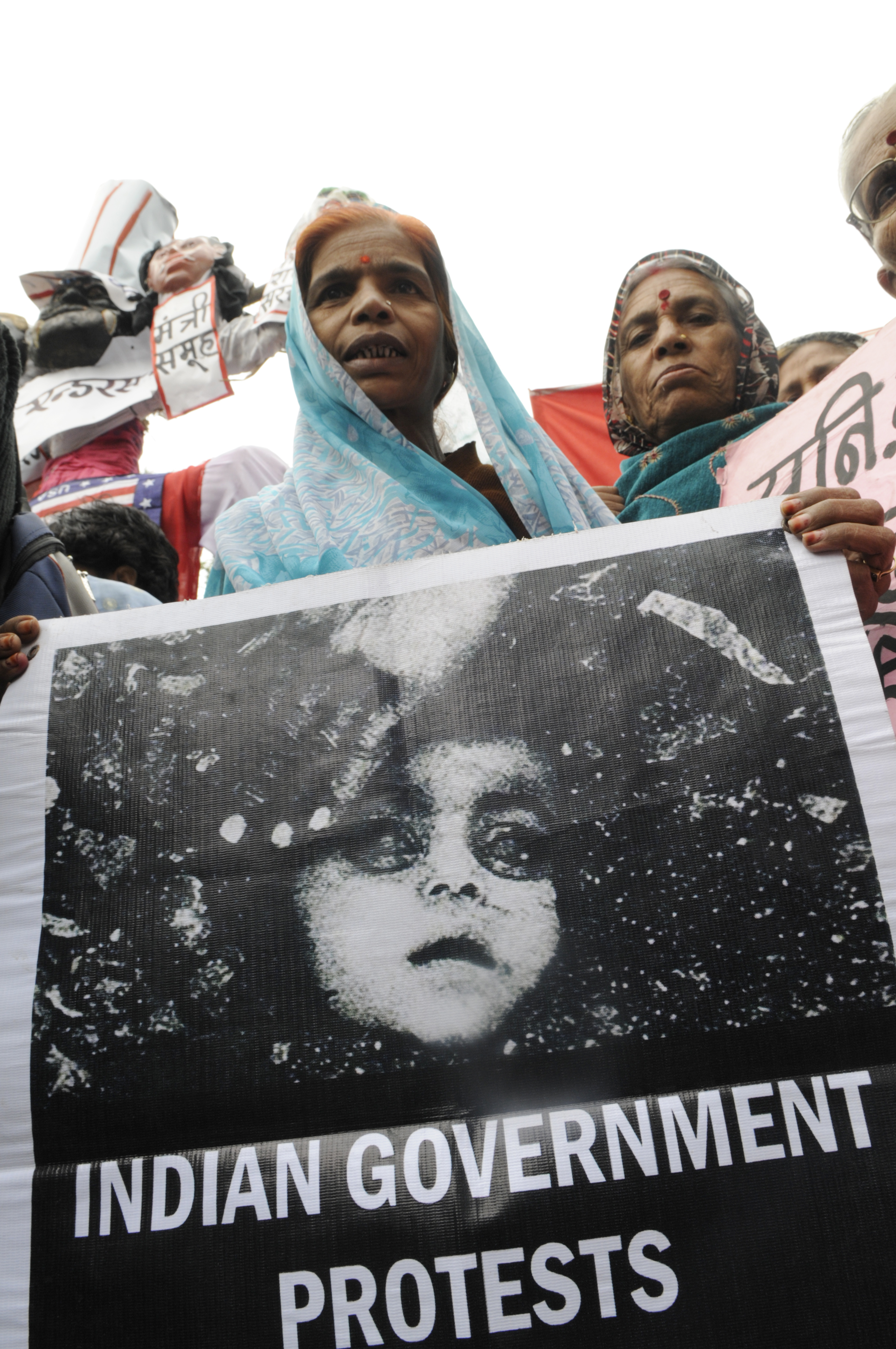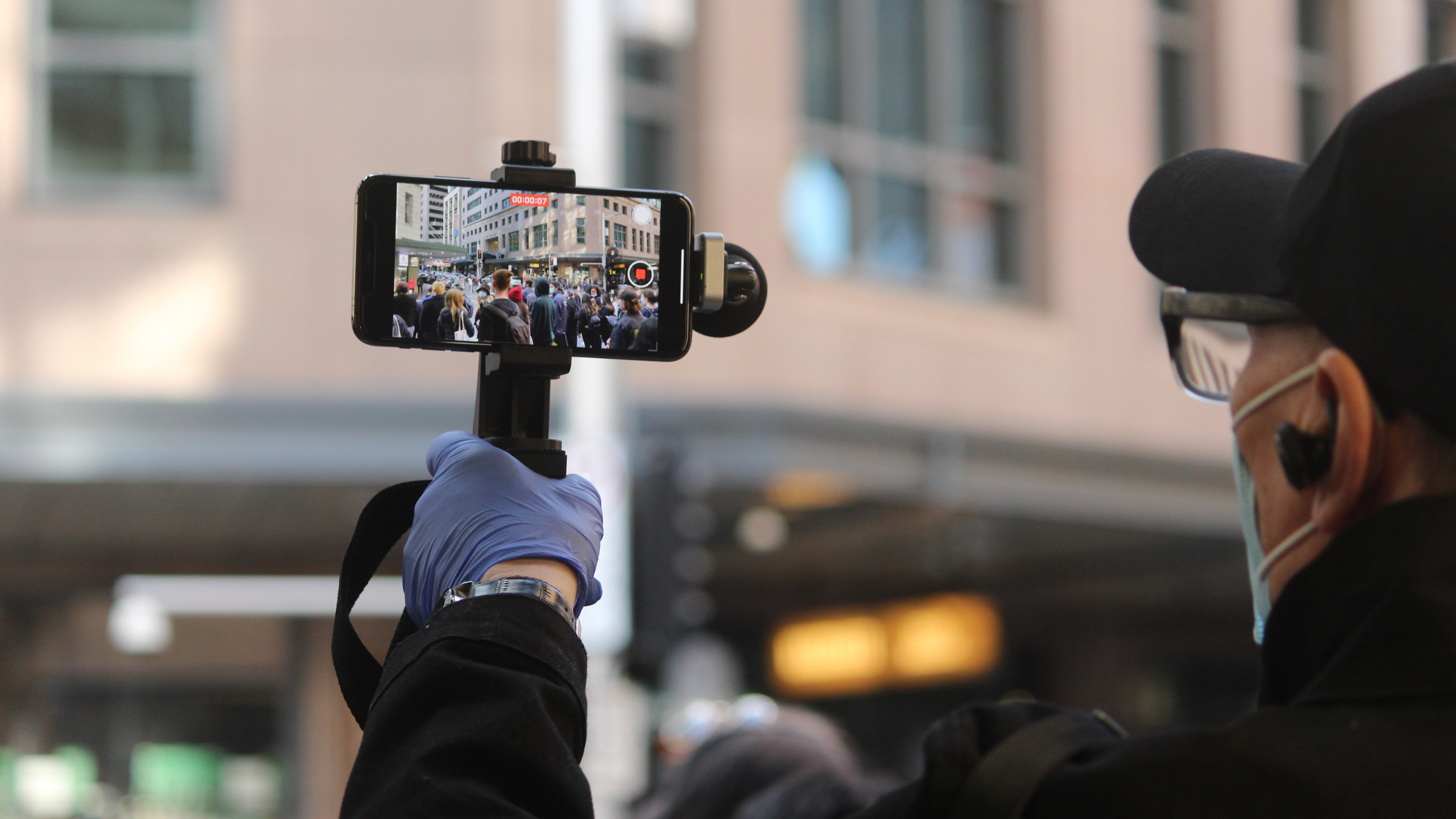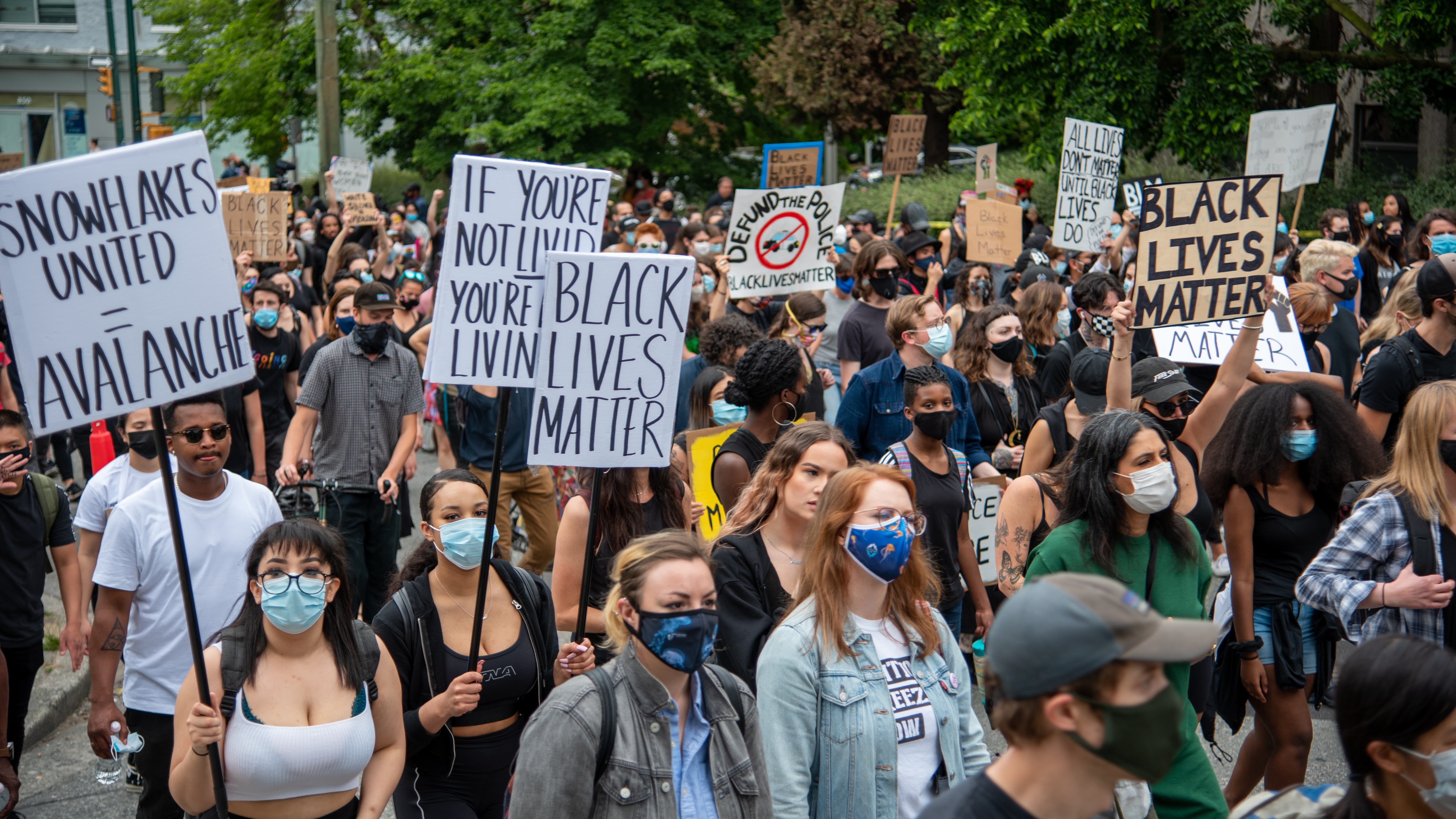These moments of unpreparedness really need to be studied, which is why I’m beginning to work on this term, the “unprepared”, as opposed to risk assessment. Risk assessment very often assumes that you know what the whole set of correlations of a possible risk might be. From a position of modelling and statistics, you make a risk assessment. The “unprepared” is to be shocked, to be sudden, to experience a moment and not know how it’s going to go.
The state of unpreparedness
Anne F. Rothenberg Professor of the Humanities at Harvard University
- There are two kinds of unpreparedness: anxiety-induced unpreparedness and deliberate, political unpreparedness, which enables governments to do as they wish.
- Black Lives Matter protesters exemplify an emergent community against ethno-populist-nationalist majoritarianism.
- Protesters worldwide have translated Black Lives Matter into their own situation – an example of the “translation of globalisation”.
Why study unpreparedness?
I started thinking about the term “unprepared” because it’s a term that is not often reflected upon yet is popularly used in the public discourse. We were unprepared for 9/11, and 9/11 has become a turning point for work on risk assessment and risk studies and being unprepared. We were unprepared for Trump’s victory, for it being so massive. We were unprepared for a number of things, including things that are forgotten.
One of the greatest moments of industrial havoc was in Bhopal in 1984, when the citizens and the population of Bhopal went to sleep and they got up, having been woken by the nightmare of the Union Carbide explosion. From one moment to the next, people had died. People had lost their eyesight. They were completely unprepared.

© Photo by arindambanerjee
The anxiety of unpreparedness
Now, there are two kinds of unpreparedness. There is the man waking up in the middle of the night, the woman and the child waking up in Bhopal in the middle of the night, blinded, not knowing what has happened to them, inhaling fumes. That is a condition of unpreparedness, which is existential, which is psychic, which is traumatic, and which is phenomenological. It’s an extreme example.
But often we are unprepared for conditions we have to face or the fate that challenges us. So, there’s that whole area of being unprepared, which relates in my work to the work of Kierkegaard, Heidegger and Freud: theoretically, the notions of anxiety; how we try and mitigate anxiety; how we are always, in a way, unprepared for the upsurge of anxiety. That’s one area.
Deliberate and political unpreparedness
But I’m also beginning to think that the kind of majoritarian ethnonationalist or populist leaders we have produce a deliberate, political and policy-based sense of unpreparedness, which gives them maximum latitude to work with whatever they want to do; to change whatever regulations they want; and to give executive orders however they want to. They create a populace; they create a people; and they create a polity who are caught in the sense of the unprepared. This is a governmental form of institutional and political manoeuvre and manipulation. So, that’s a second kind of unpreparedness.
It comes out of this particular moment in which we live, where these leaders have represented themselves in such a way that their following believes that they are miracle workers, mythical figures. Mr Modi in India says, ‘I will be able to deal with and control this pandemic. You leave it to me.’ Mr. Trump says, ‘Oh, the pandemic.’ Like a miracle, ‘it will disappear in April.’ The people in China, key people, are unprepared by not revealing when the pandemic started, when COVID-19 started. Bolsonaro does the same thing: keeps people unprepared, unable to take on their citizenly responsibilities and obligations not only to themselves but to others. And what does Mr Bolsonaro say, in concert, in chorus with Mr Modi and Mr Trump? ‘This is a little flu. This will go away. We control it.’
That means that science is devalued. Medical opinion is played around with. People’s aspirations and health, life and death themselves are cheapened. This is another form of political unpreparedness at the heart of creating a new majoritarian polity. It’s different from the manipulation of the truth, but it is a governmental form of keeping the citizen in a position of precariousness and vulnerability.
Searching for a road ahead
Now, the question that I want to raise here is that between the unprepared individual, or individual subject – or the unprepared political subject and the unpreparedness as a strategy of governance – is there a kind of cul-de-sac? Or is there a road ahead? Can we somehow break through in small ways, if not big ways, but stand up against this kind of unpreparedness of the citizen, the deliberate unpreparedness of the citizen, and point with aspiration, in the spirit of disappointed hope, to possibilities of social and cultural agency and political agency – is there a hope of that?
With the Black Lives Matter protests that followed on from the pandemic, we begin to see the stirrings of that kind of hope, as we did with the Arab Spring. In these moments that somehow break and erupt from the traditional expectations of political transformation, we always ask ourselves: is this going to last or is it going to fade away? And it’s a very good question. We don’t know the answer, just as we were not expecting Mr Trump to be president. Uncertainty and contingency happen. However, we need to change the time frame in which we assess the effects of these moments. If we see these moments as open transitions – as moments when new forces, new alliances are being made, as with Black Lives Matter – we begin to see how these moments of unpreparedness can also be grasped for a more positive progressive political agency.
Black Lives Matter: an emergent community
If you think about Black Lives Matter and the protests, and the nature and population of the protests, that represented a polity which was multi-generational, multi-racial, multi-ethnic, multi-religious and inter-faith – describe it as you like. If you think about the protesters in the cities, reclaiming the streets, we see a group of people, an emergent community, which is absolutely against ethno-populist-nationalist majoritarianism, whether it’s white power in America or it’s Hindu power in India. They represent a polity.
They represent the formation of a society diametrically opposed to what our rulers hegemonically try to impose on us. So, they give us the image of a body of people who now find an affiliation which flies in the face of the majoritarian populism that is being imposed on many countries. That’s the first issue. As an emerging population, they represent something that entirely undoes in a very small moment the larger political landscape that has been created.
The two agents of Black Lives Matter

© Photo by Rose Makin
Secondly, if you think about it, there are two agents in Black Lives Matter. There are the protesters, witnesses and advocates against racism, and then there is the video camera – there is the image that circulates across the world: the image of George Floyd being, in my view, publicly executed by the law, or what is supposed to be the force of law and order, by the police, on that street. Police violence, state violence against Black people, taken and circulated through that video image becomes a form of agency. It’s not only the protesters – Black Lives Matter – who are agents; it is also the image that becomes a media agent. Very often, as we know, these images have a negative valence. This time they had a very positive valence. They managed to say something which brought together groups of people across the world.
A “translation of globalisation”
There’s a third issue. We think about globalisation largely from the point of view of economics and politics. Now we had a kind of globalisation which was not simply a globalisation of resemblance and identity. People who took the George Floyd image and made murals and protests across the world were relating to the US situation, the Black Lives Matter situation and police violence, but they were translating that moment, translating that image, into their own situation and their own condition.
So, this was not some empty universalism simply about the death of a Black man. They were taking the life and death of the African American population and using it as a measure to translate their own condition. This is not some lazy globalisation. This is a globalisation that takes up the effort of translation. I call it a “translation of globalisation”. I think that’s very different. So, the protests also gave us a way of questioning the usual notion of “global” in cultural influences.
The protesters also showed us the efficacy of aesthetics: the paintings of Black Lives Matter, the making of murals, the pictures, the circulation of remediated images. They began to show us how representation in the cultural sense is deeply central to our notion as cultural citizens – not only economic citizens, political or legal. They began to show us the power of being cultural citizens. By circulating these images, they began to show us, on the street, on the mural wall, in the poster, how we could have an ethics of aesthetics at a transnational level, but which each time translated the specific conditions in which they stood, in which they had to survive within the context of other places.
From unpreparedness to hope

© Photo by MaxAch
It was a translational universalism. Like in any translation, until you give a great text the specific flavour of how it would be re-routed in another language, you cannot have a genuine translation. A genuine translation does not only take something and impose it in another language, on another culture; it finds the deep resonances and the differences between the two languages to create a translation. And I believe the Black Lives Matter movement used the aesthetic appurtenances, the aesthetic moment, to create an ethics of cultural translation.
They also demonstrated that this agency emerges at such a moment from this group of people – inter-generational, multi-faith, multi-cultural, inter-ethnic – not only with individuals but with different populations, different cultures, different ages. When they come together there is a new kinetic agency, a new energy that is formed. These are the lessons of Black Lives Matter; these are the lessons of moving in a moment of the unprepared towards a kind of hope; these are the moments where anxiety – the anxiety of COVID-19 amongst groups, even if they had masks on, the anxiety of police violence, the anxiety of being arrested – that anxiety lives with aspiration.
In these ways they have opposed the negative, hegemonic, domineering and dominating master discourses of ethnonationalists. They have opposed that hegemony and pushed it towards showing us a glimmer, a small line of light, which might lead us to a better future and a shared collaborative tomorrow.
Discover more about
vulnerable citizens
Bhabha, H. K. (2003). Democracy De-realized. Diogenes, 50(1), 27–35.
Bhabha, H. K. (2002). Terror and after... Parallax, 8(1), 3–4.